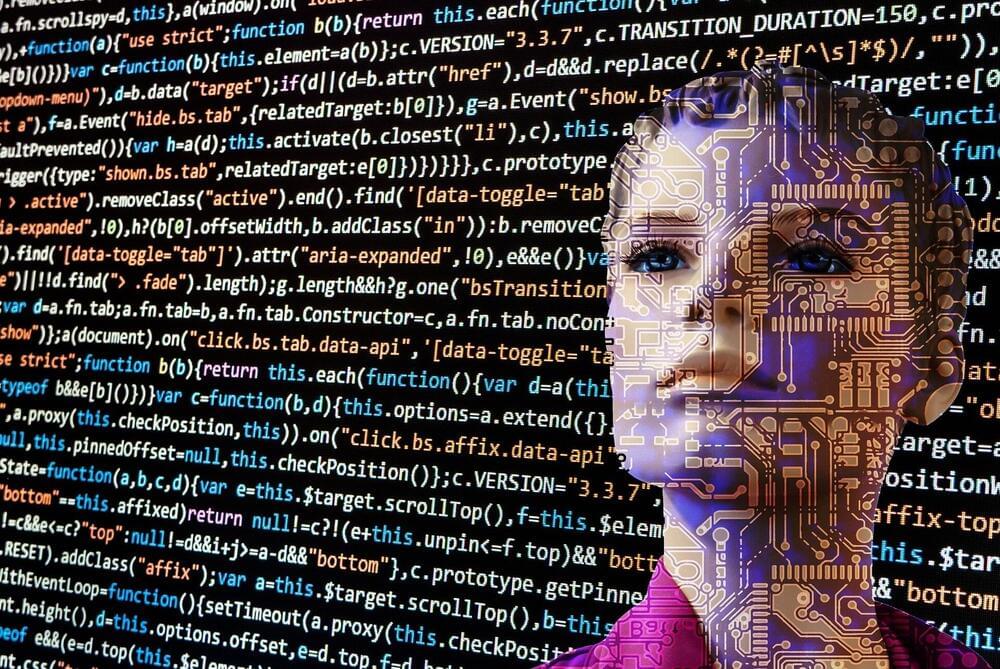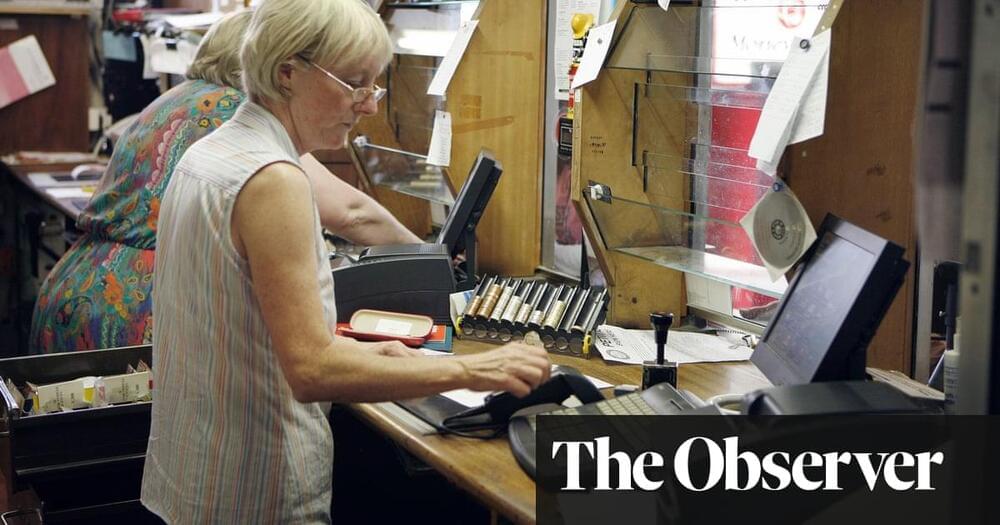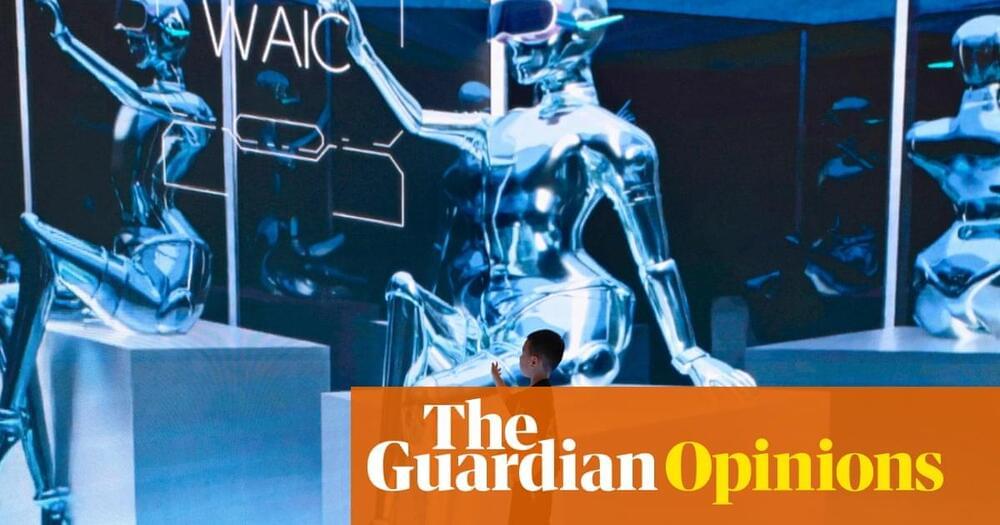A team of computer scientists led by the University of Massachusetts Amherst recently announced a new method for automatically generating whole proofs that can be used to prevent software bugs and verify that the underlying code is correct.
This new method, called Baldur, leverages the artificial intelligence power of large language models (LLMs), and when combined with the state-of-the-art tool Thor, yields unprecedented efficacy of nearly 66%. The team was recently awarded a Distinguished Paper award at the ACM Joint European Software Engineering Conference and Symposium on the Foundations of Software Engineering.
“We have unfortunately come to expect that our software is buggy, despite the fact that it is everywhere and we all use it every day,” says Yuriy Brun, professor in the Manning College of Information and Computer Sciences at UMass Amherst and the paper’s senior author.








